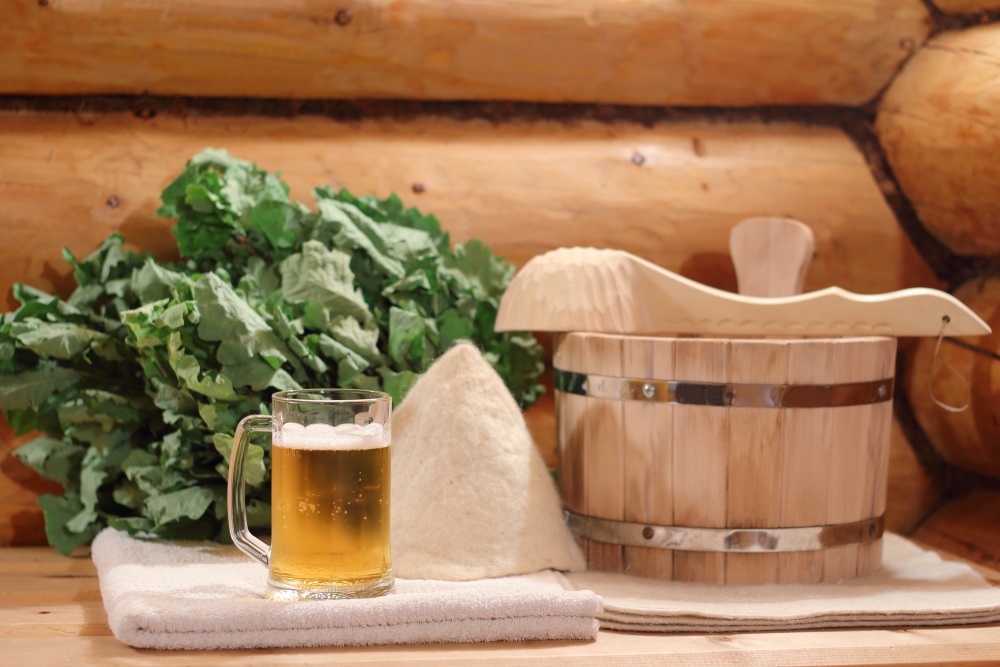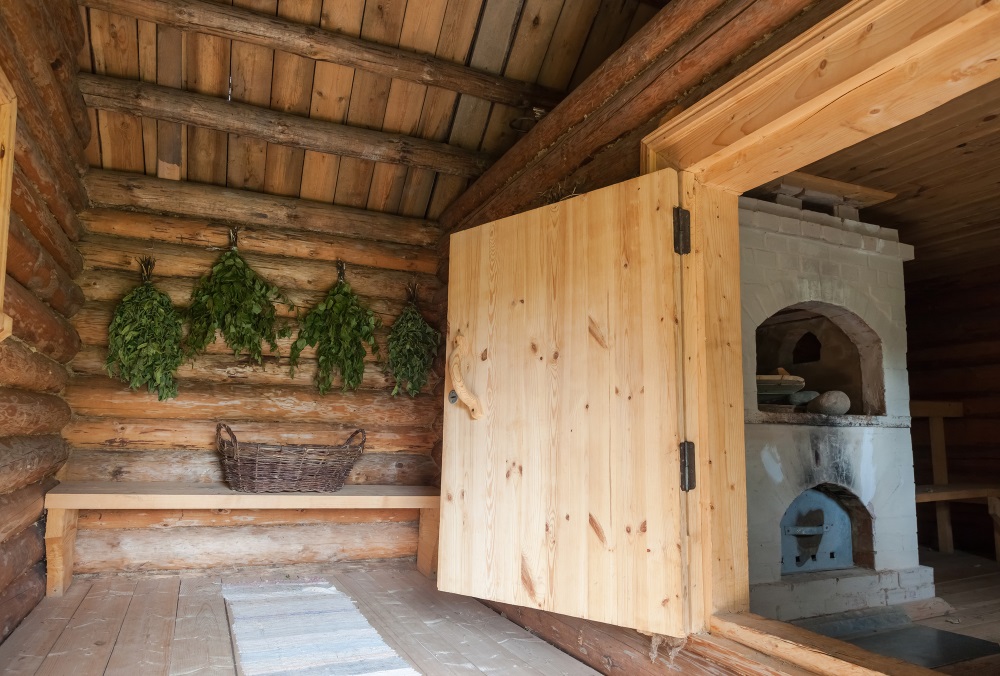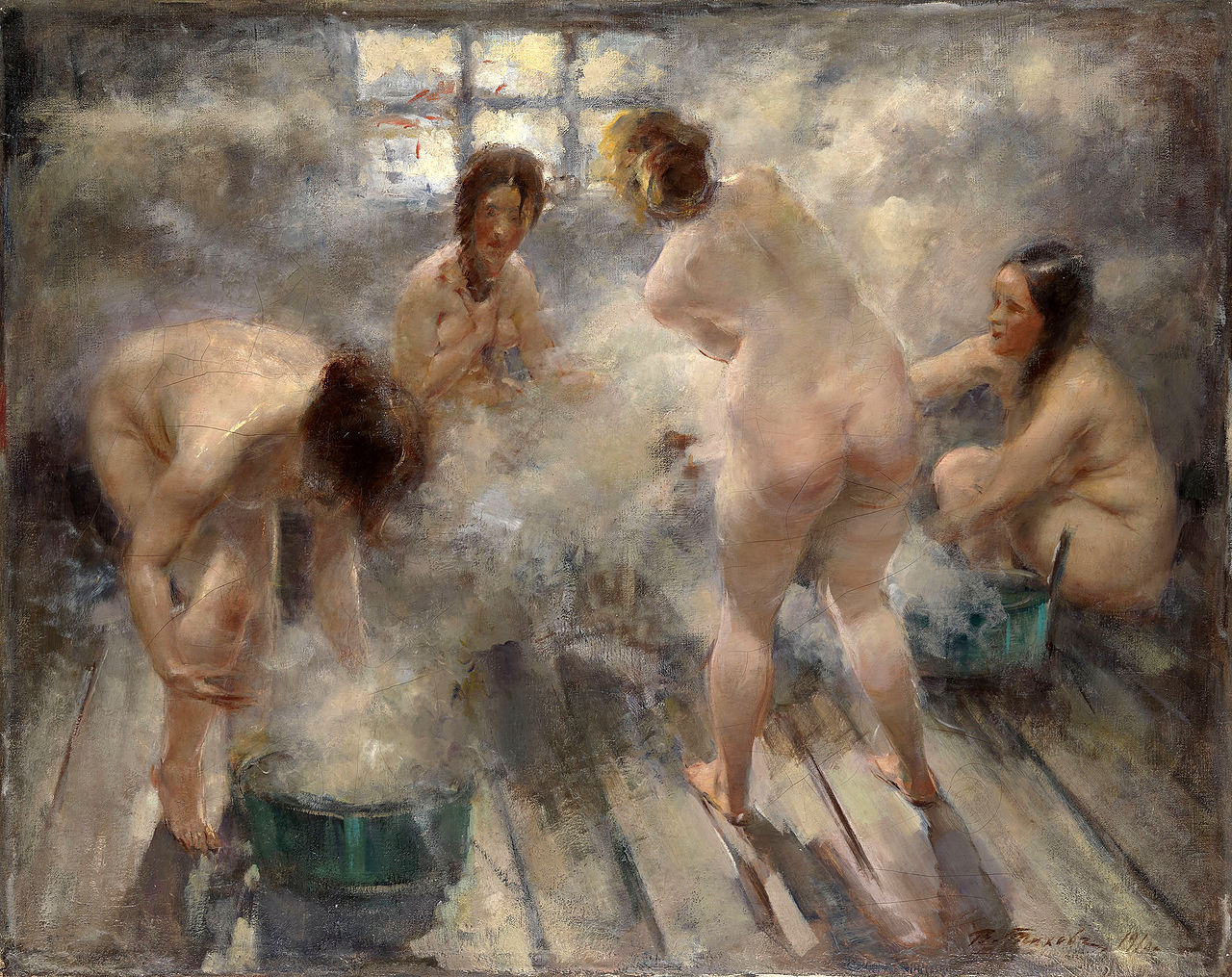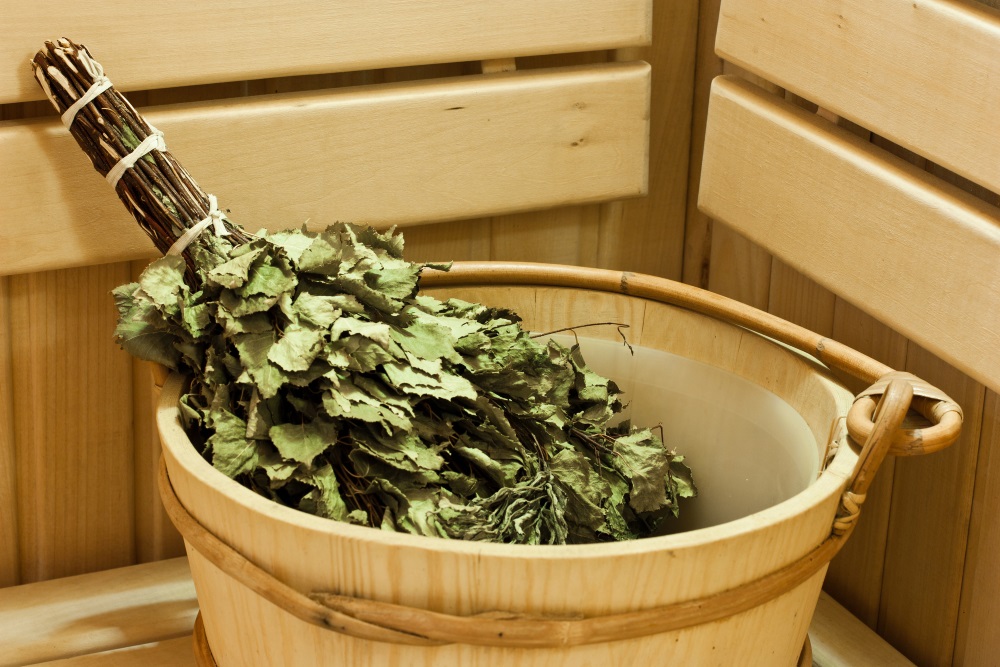Russian banya – History and traditions of the Russian bath house
Hot sauna is revered by many nations. In the Russian culture, a room with hot steam – called banya – always occupied a special place and was an integral part of the daily life of ancient Slavs. In the banya, purification happens not only on the physical but also on the spiritual level.

Russian bath house is fundamentally different from European and Asian ones due to the high temperature heat and such an essential attribute as a birch broom. Banya has its own rules, traditions, customs, and even ceremonies.
The ancient Slavs believed that the banya was a combination of four elements – fire, water, earth and air, therefore banya was considered a sacred place. The man who steamed in the banya became stronger and healthier. There was even a belief that if a patient did not recover after the banya, then nothing would help him.

History of Russian steam bath
It is not known for certain how and when the Slavs first began to organize the banya. The ancient Greek historian Herodotus (5th century BC) narrated that the Scythians who lived in Ukraine used banya. They installed three sticks bent towards each other and wrapped them with felt. Then, they set up a vat in the middle of the this room and threw red-hot stones into it.
The historical works of Procopius of Caesarea (5th century AD) say that the Slavs throughout their lives regularly underwent water procedures and visited the banya. In the banya, they celebrated immportant events, washed the child that just came into the world, and in the same way escorted the deceased into another world.
The widespread construction of banyas in Russia began around the middle of the 5th century. Even Christianity, which came 5 centuries later and completely forbade any manifestations of traditional medicine, was unable to eradicate the banya from everyday life and the usual Russian lifestyle. Moreover, Russians began to visit the banya before the biggest religious holidays.
It is hard to believe, but some villagers who did not have banya were steaming in traditional ovens that were used to heat their homes and cook food. The ovens had spacious rooms inside – almost one and a half meters deep and about half a meter high. After cooking, the ashes were removed from the warm oven, the soot was washed off, and the straw was laid on the bottom. Russians put a tub of hot water to sprinkle the walls, climbed inside, laid down and steamed. After steaming they poured cold water on themselves. Everyone loved this procedure, from small to big, and those who could not get into the furnace on their own were pushed into it on a special board.
Almost every house in Russia, rich and poor, had its own banya which was heated once a week. If poor ones could not afford to have a banya, then there were common banyas for them. Saturday was considered the banya day.
If family had a banya, they were steaming all together. However, rich people preferred not domestic but large public banyas, where people of all ages and sexes also steamed and washed together. For wealthy clients of all classes there were special separated cabinets and corners. Only after the Decree of Catherine the Great, the common “washing” was prohibited. In 1743, the banyas were divided into female and male sections.
By the 19th century, expensive and richly furnished bath houses with good attendants and beautiful buffets appeared in large cities. The most famous and luxurious were Sandunovskie banyas (“Sanduns”) in Moscow. The whole color of the Russian nobility visited these banyas, and foreigners began to go there with pleasure. In 1992, the “Sanduns” were declared a monument of architecture and taken under state protection.
Black and white banyas
At first, the banyas were made in a “black way” – по-чёрному [pa chyór-na-mu], when the was no pipe taking the smoke and soot out and they were filling the steam room directly. The walls and ceiling instantly became smoky and black, which gave the name to such banyas. In this case, the attendants periodically opened the front door to let the smoke come out.
“White” banyas – по-бе́лому [pa byé-la-mu] – appeared much later. They were equipped with a pipe and an elaborated ventilation system. In such banyas, the air in the steam room was heated with the help of a specially equipped stove lined with stone. Such banyas were much easier to warm up and maintain hot. In the process of bathing one could constantly add steam if needed.
Banya in the life of the Slavs
Banya was a very important component of the life of every Slav. There they gave birth, washed and treated various diseases. Banya was a consolation from the problems, the evil eye and adversity. A little later, inviting a person to the banya became the basis of hospitality. First a guest was invited to “get clean” and only then was treated to drinks and food. This tradition is described in many Russian fairy tales and stories.

Public festivities necessarily included a visit to the banya. The bride and groom before the wedding night were obliged to take a steam banya together, and as spouses they had to go to the banya before going to church or after intimacy.
Village healers often held their mystical rites in the banya. For many centuries before the development of traditional medicine, the bath was used to treat any ailments. This is due to the fact that steam procedures affect the entire body and give the cells a powerful charge of vital energy which stimulates the activation of its chemical and biological processes and rejuvenates it as a result.
Banya gave calm, pleasure, relaxation, healed the diseases, rejuvenated the soul. Before entering the banya itself, a person was given a radish, and in case of thirst there was always cool kvass in the changing room. Mint and other fragrant herbs played very important role as well. Mint was put in kvass, the benches were covered with mint and other fragrant herbs. Brooms were mainly from birch.
Customs and traditions of the Russian banya
The main and most famous tradition of the Russian banya are the brooms. There are different types of brooms with their own characteristics of use. Every banya-lover probably has his own way of applying the broom which he will be reluctant to share with you because it is almost a professional secret. Various herbs are also used to spray the hot coals and the walls, dried herbs are hung in the corners for healing aroma. Thus, you combine relaxation with the healing of the whole body.

All procedures carried out in the banya and reached our days were caused by old legends about “living” and “dead” water. Dirty, standing water, as well as used water, was “dead”. Only cold running water was considered to be “living”. Therefore, after thorough washing and steaming with brooms, a cold shower was an obligatory tradition. As on option, one could dip himself into a snowdrift. This tradition is still alive although has lost its initial meaning.
Many customs were associated with a special spirit-keeper of the banya – Bannik. Since he was considered evil, it was accustomed to entice him in every way: with greetings, persuasion, treats. The incoming person had to ask permission of the spirit showing obedience and courtesy, and when leaving the banya – to sincerely thank Bannik with a low bow. To acquire the sympathy of Bannik, they used to bring rye bread generously sprinkled with salt. The washing had to be done before the late evening, because Bannik and other evil forces were steaming at that time. It was considered to be very dangerous to make the spirit angry, because he could burn you with steam, hit with a stone, or pour boiling water over you.
The benefits of the Russian banya
Today the benefits of the banya are recognized by many specialists. Banya relaxes, heals the body, cleanses the pores, removes toxins and wastes from the body, improves overall coordination of movements. Banya procedures and subsequent pouring with cold water or rubbing with snow contribute to tempering of the body and have a positive effect on the work of the immune system.

In addition to healing, banya is a rest for the soul. In a real banya, hearing the crackling of burning wood and feeling the fragrant herbal smell of steam you really start thinking about existential things. Even today, with the availability of amenities in every home, the bath remains an indispensable attribute of the true Russian soul.






